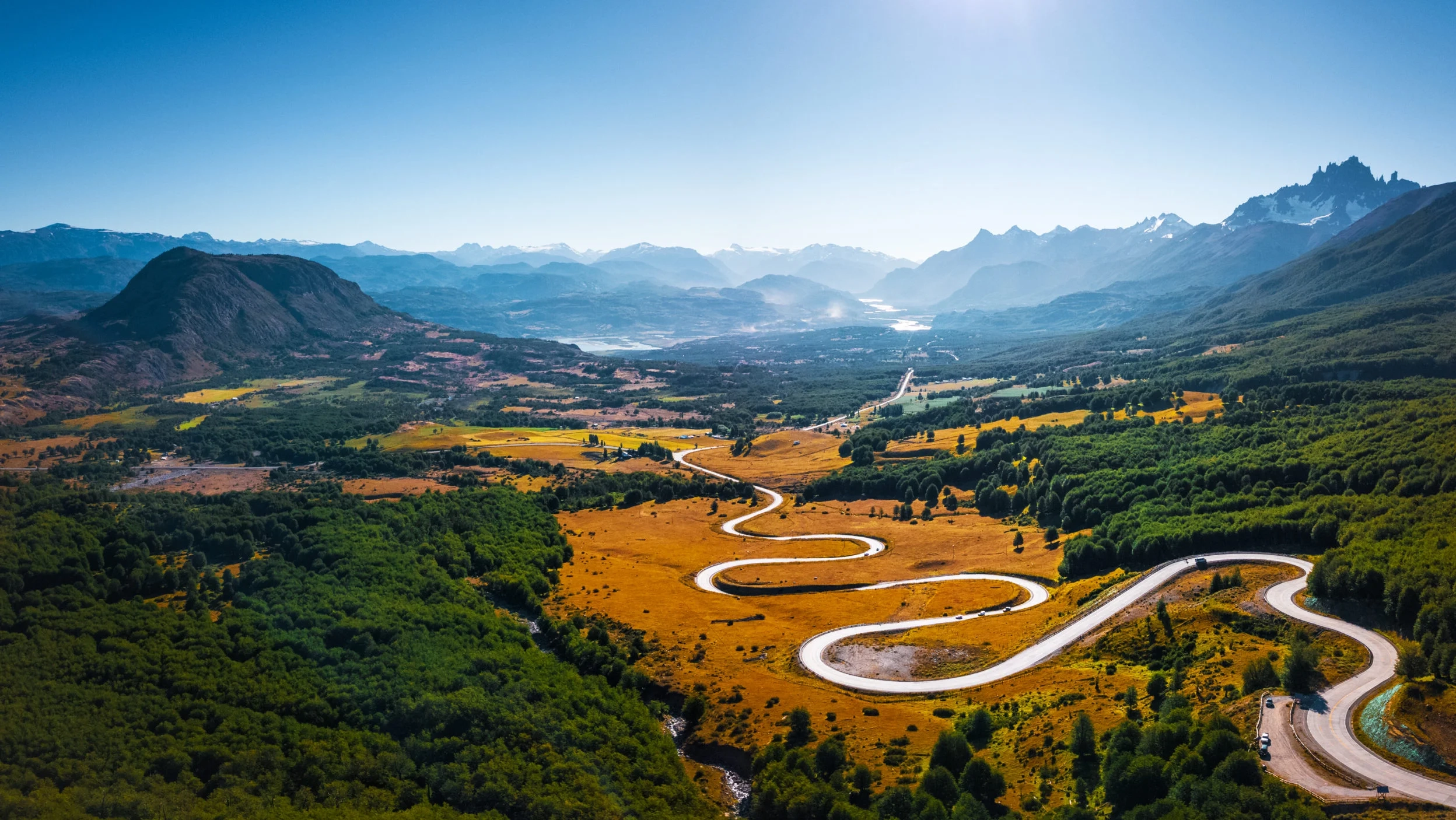1. Easter Island (Isla de Pascua): Home to the mysterious Moai statues, Easter Island is a UNESCO World Heritage Site known for its archaeological wonders and unique Polynesian culture.
2. Torres del Paine National Park: Located in the Patagonian region, this national park is renowned for its stunning granite peaks (Torres del Paine), glaciers, and diverse wildlife. It's a paradise for hikers and nature enthusiasts.
3. Atacama Desert: The Atacama Desert is one of the driest places on Earth, offering surreal landscapes, salt flats, high-altitude lakes, and the Valley of the Moon. It's a haven for stargazing.
4. Valparaíso: A colorful and bohemian coastal city, Valparaíso is known for its steep hills, vibrant street art, and historic funiculars. It's a UNESCO World Heritage Site.
5. Santiago: Chile's capital, Santiago, is a dynamic city nestled against the backdrop of the Andes. Explore its historic neighborhoods, modern architecture, and cultural attractions.
1. Central Chile (Santiago, Valparaíso, Wine Regions):
Best Time: Spring (September to November) and Fall (March to May) are ideal. The weather is mild, and there are fewer crowds.
2. Northern Chile (Atacama Desert):
Best Time: Year-round, but especially during the Southern Hemisphere's winter (June to August) when temperatures are more moderate. Avoid the summer months for extremely high temperatures.
3. Southern and Patagonian Regions (Torres del Paine, Chiloé, Puerto Varas):
Best Time: Late spring to early fall (October to April) offers milder temperatures. However, Patagonia can be unpredictable, and weather conditions can change rapidly.
4. Easter Island (Isla de Pascua):
Best Time: Year-round, but April to June and September to November are considered shoulder seasons with pleasant weather and fewer tourists.
5. Ski Resorts (Portillo, Valle Nevado):
Best Time: Winter (June to August) for skiing and snowboarding. Chile's ski season aligns with the Southern Hemisphere's winter.
• Public Buses: Public buses are a common and affordable mode of transportation within cities and between regions. In Santiago, for example, a one-way ticket on public transportation may cost around CLP 800 to CLP 1,200.
• Metro: Santiago has a metro system, and the fare varies depending on the time of day and the number of zones traveled. A one-way metro ticket typically ranges from CLP 800 to CLP 830.
• Taxis: Taxis are available in cities, and prices vary. As a general estimate, the starting fare is around CLP 400 to CLP 600, with additional charges per kilometer.
• Rental Cars: Rental car prices vary depending on the type of car and rental duration. On average, daily rental rates can range from CLP 25,000 to CLP 50,000 or more.
• Domestic Flights: Domestic flights are available for traveling between cities. Prices vary based on the distance traveled and the airline. A one-way domestic flight can range from CLP 50,000 to CLP 150,000 or more.
• Long-Distance Buses: Long-distance buses are a popular and cost-effective way to travel between cities. Prices depend on the distance and bus company. For example, a bus ticket from Santiago to Valparaíso might cost around CLP 5,000 to CLP 10,000.
• Trains: Train services are limited in Chile, primarily operating between Santiago and Chillán. Prices vary, and a one-way ticket may range from CLP 10,000 to CLP 25,000 or more.
• Colectivos: Colectivos are shared taxis or minivans that follow specific routes. Prices are generally affordable, and the fare may range from CLP 700 to CLP 1,500 depending on the distance.
Free Import:
• Travelers are generally allowed to bring personal items, clothing, and personal hygiene products for their own use without paying customs duties.
• Small quantities of tobacco, alcohol, and perfume for personal use may be allowed.
Restricted Items:
• Tobacco and Alcohol: Limited quantities for personal use are generally allowed, but excess amounts may be subject to duties.
• Food Products: Restrictions may apply to the importation of certain food items, especially fresh fruits, vegetables, and meat products. It's advisable to check specific regulations to avoid confiscation.
• Medications: Some medications may require authorization or a prescription. Check the list of controlled substances and obtain necessary documentation if needed.
Prohibited Items:
• Drugs and Narcotics: The importation of illegal drugs and narcotics is strictly prohibited.
• Counterfeit Goods: Bringing counterfeit products into Chile is not allowed.
• Weapons and Ammunition: Importing firearms and ammunition is highly restricted and requires special authorization.
• Protected Species: The importation of products made from endangered species or protected wildlife is prohibited.
Additional Tips:
• Declare any items of value, such as electronics and jewelry, to avoid complications during customs inspections.
• Keep receipts for items purchased abroad, especially high-value items, as proof of ownership.
• Check the specific regulations if you plan to import or export large sums of currency.
• 131 - Emergency services
• 132 - Firefighters
• 133 - Police (emergency number)





